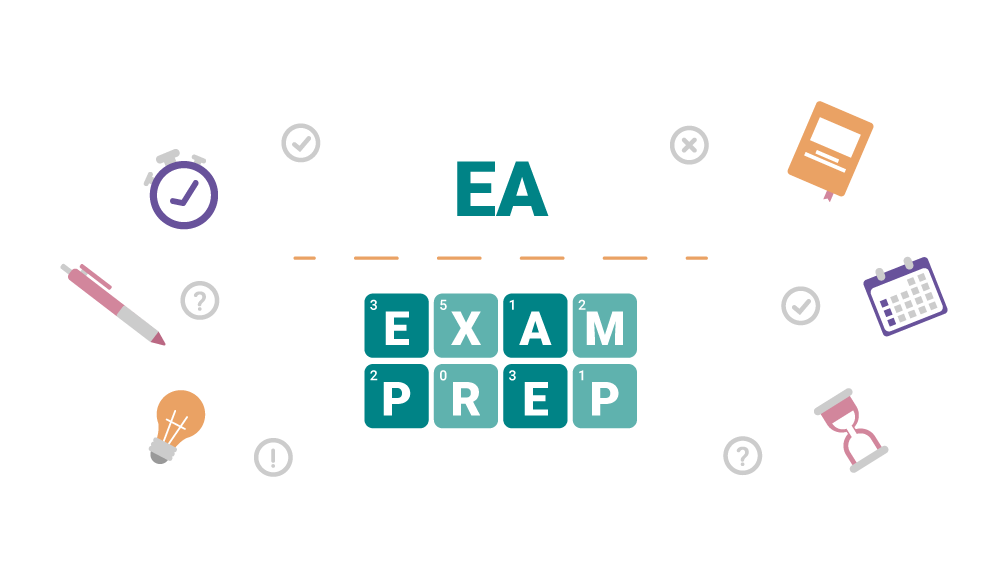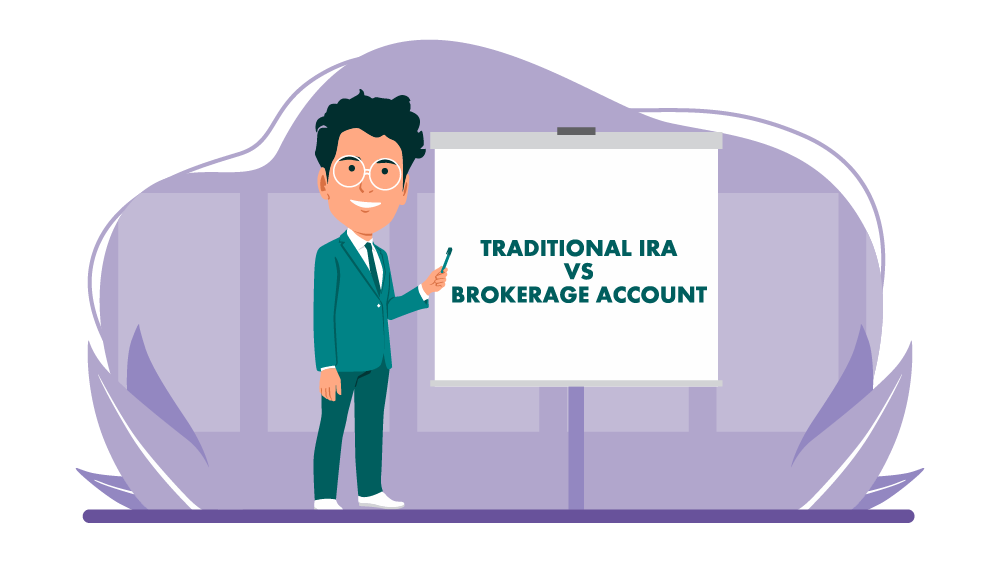Back in 1989, the Fair Isaac Corporation came up with the FICO credit score model. This model is used by about 90% of the top lenders to help them make qualifying decisions. It was the only credit scoring system used until 2006.
In 2006, the VantageScore model was introduced. This model uses all three major credit bureaus as a part of the scoring model. While both are similar, there are some glaring differences. Let’s look at what VantageScore and FICO are, along with the differences.

What is VantageScore?
According to Credit.com, VantageScore was founded in 2006 as Vantage 1.0. In 2010, Vantage 2.0 was introduced, while Vantage 3.0 was introduced in 2013. Later in 2017, Vantage 4.0 was also introduced, but many creditors still use 3.0.
The goal of VantageScore was to create an alternative to the FICO model. It provides an expanded credit scoring reach and looks to help more people qualify for a credit score.
The VantageScore Model
The VantageScore model uses six categories to influence your score, which include:
- Available Credit – 3%
- Recent Credit Behaviors and Inquiries – 5%
- Total Balance and Debt – 11%
- Age and Type of Credit – 21%
- Percentage of Credit Limit Used – 20%
- Payment History – 40%
These six groups are used to determine a person’s VantageScore. While VantageScore 4.0 switches out the percentages for a level of influence, most lenders using VantageScore still use the 3.0 version with the percentages.
What is FICO?
Investopedia.com defines a FICO score as “a credit score created by the Fair Isaac Corporation.” FICO scores are used by most lenders to determine a borrower’s eligibility for a loan. It will take into account payment history, types of credit, new credit accounts, length of credit report, and level of debt. These factors are used to determine a person’s FICO score.
The FICO Score Model
The FICO score model uses five categories and assigns a percentage to each one. These percentages represent a portion of your FICO credit score and include:
- New Credit – 10%
- Credit Mix – 10%
- Length of Credit History – 15%
- Amount Owed – 30%
- Payment History – 35%
By combining these factors, a FICO score is created.
VantageScore vs FICO: The Key Differences
It’s pretty easy to see some of the differences between VantageScore and FICO just by looking at the models. Let’s look at the four main differences between the two.
Score Ranges
While both VantageScore and FICO use a range that is somewhat similar, it’s a bit different. There are also multiple versions of both that have been created over the years.
FICO has a range from 300 to 850 for the credit score. VantageScore, on the other hand, has a range from 250 to 900. The range for VantageScore 3.0 was 300 to 850, however.
When VantageScore first came about, it had a range from 501 to 990. This was the base score, not an industry-specific score. The scoring has evolved to make it easier to compare a borrower’s VantageScore to their FICO score.
Credit Inquiries
It seems like a bit of a catch-22, but when you apply for new credit, it can impact your credit score negatively. Common sense tells you that you might apply with multiple lenders to compare the rates and fees.
Newer FICO versions only count multiple credit inquiries within a 45-day period as a single inquiry, if they are similar. This helps to keep the impact on your score to a minimum.
VantageScore, on the other hand, will count even different types of loans as a single inquiry, if applied for in a 14-day period.
Length of Credit History Required
You won’t have a FICO score until you have at least one credit account open for at least six months. This account has to report to the credit bureaus, as well.
VantageScore, however, will provide a credit score with just one month of history with an account. It has to have been reported in the past 24 months. This type of scoring model works better for consumers new to credit or those using credit infrequently.
Trending Data
Another key difference between VantageScore and FICO is how they work with trending data. FICO uses data that has been reported to the credit bureaus when the scores are generated.
VantageScore 4.0 actually looks at patterns of behavior over time. This version of VantageScore will look at up to two years of consumer credit utilization and spending data to create a score.
How do a VantageScore and a FICO Score Compare?
When you look at your VantageScore and FICO score, they might seem similar in scoring, but they really are not. Both have a similar range now, but the interpretation of the score is different.
For your VantageScore, your credit rating is as follows:
- 850 – Super Prime
- 780 – Prime
- 660 – Near Prime to Prime
- 600 – Near Prime
- 300 – Sub Prime
For your FICO score, your credit rating is as follows:
- 800+ – Super
- 740 to 800 – Very Good
- 670 to 740 – Good
- 580 to 670 – Fair
- Below 580 – Poor
While they are similar, the scoring is a bit different.
Which is Easier to Get, VantageScore or FICO?
VantageScore is easier to get and often cheaper than FICO. You can get a free copy of your credit report once per year from all three bureaus. However, this copy will not give you the credit score. Only Equifax allows you to get your FICO score with this report.
Are There Any Other Credit Rating Systems?
While FICO is by far the most widely used credit rating system, followed by VantageScore, there are a few others. Transunion has its own called TransRisk, while Experian does, as well, called PLUS. both provide scores with a range similar to a FICO Score.
Currently, FICO is the most commonly used option for credits coring. VantageScore is only used by a few lenders. Some estimate about 6% of lenders use VantageScore instead of FICO. However, it’s possible this number could grow and it’s best to keep an eye on both your VantageScore and your FICO score.





